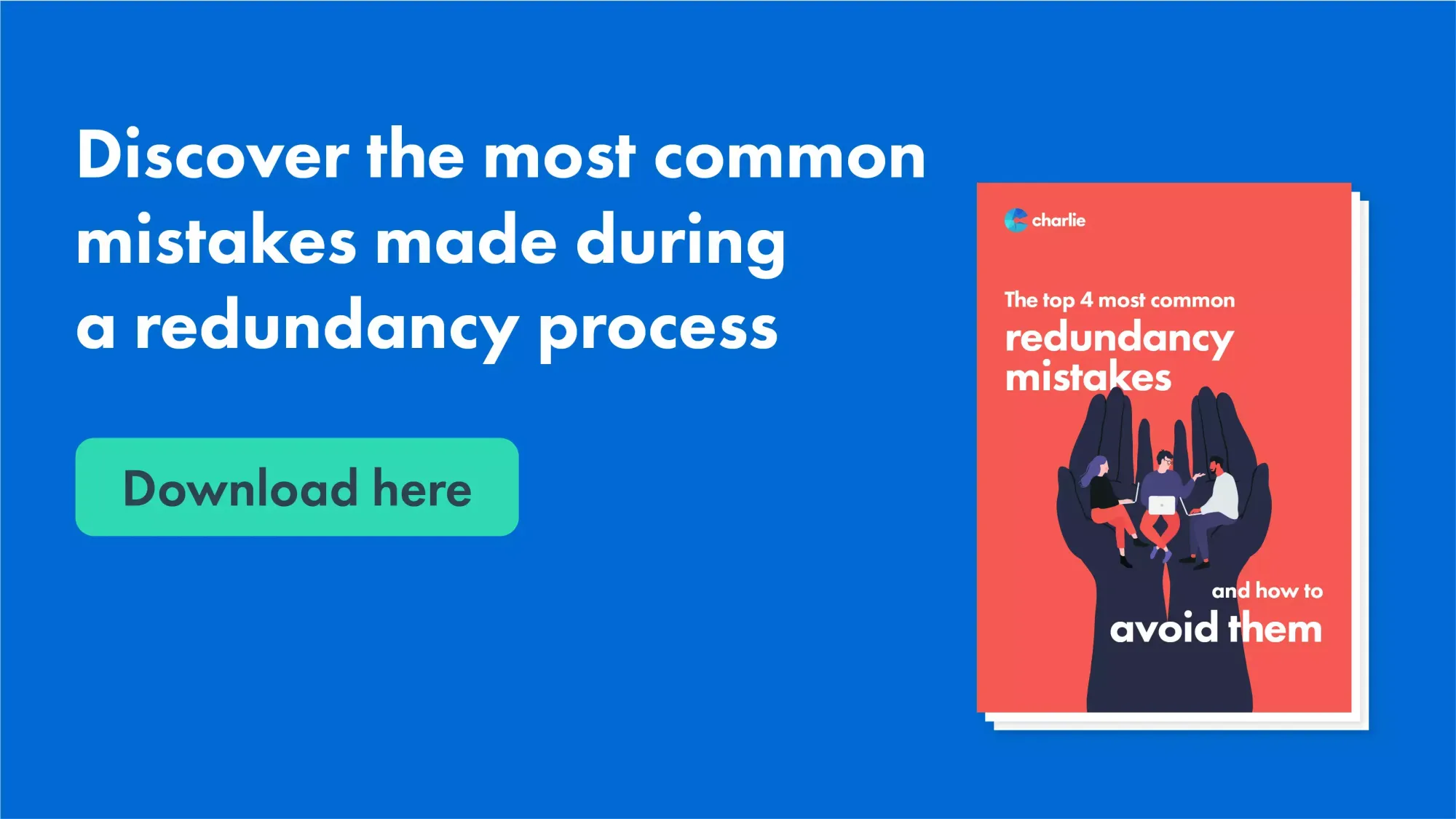What Happens to Redundancy If Company Goes Bust? A Guide to Your Rights
What Happens to Redundancy If Company Goes Bust? A Guide to Your Rights
Blog Article
Exploring the Operational Dynamics of Company Redundancy and Its Long-Term Sustainability

Redundancy Techniques for Company Connection
In order to ensure uninterrupted procedures, services must implement reliable redundancy techniques for organization connection. Redundancy in this context describes the duplication of essential components or features within a system to alleviate the effect of prospective failures. By integrating redundancy techniques, companies can improve their resilience versus disruptions brought on by various elements such as natural calamities, devices failings, or cyber-attacks.
One typical redundancy strategy is the implementation of back-up systems and data storage space remedies. This entails producing matches of crucial data and systems that can be turned on in case of a main system failure. Additionally, companies can develop repetitive interaction networks and source of power to preserve connectivity and operations throughout unexpected events.
Additionally, cross-training employees to carry out multiple functions within the firm can function as a beneficial redundancy method. This ensures that necessary jobs can still be accomplished also if vital workers are inaccessible as a result of illness or various other reasons. In general, effective redundancy techniques are important for organizations to support operational continuity and reduce the effect of prospective disturbances.
Effect of Redundancy on Organizational Durability
Provided the crucial role redundancy approaches play in ensuring business connection, exploring the impact of redundancy on organizational durability ends up being imperative for recognizing the holistic functional dynamics of a business. Organizational durability refers to an entity's ability to adapt to disturbances, recoup from setbacks, and change when essential while preserving core functions. Redundancy, when purposefully executed, can dramatically add to boosting a company's durability despite unforeseen challenges. By having backup systems, workers, or procedures in place, business can much better hold up against shocks and continue procedures with marginal disruption.
In addition, redundancy can cultivate innovation and imagination within an organization as employees really feel empowered to take computed dangers, understanding that there is a safety and security net to support them in situation of failing. Overall, the effect of redundancy on business durability is profound, forming the lasting sustainability and success of a business.
Stabilizing Efficiency and Adaptability in Redundancy
Accomplishing a harmonious stability between functional efficiency and adaptive flexibility is a pivotal challenge in the tactical implementation of redundancy within companies. Too much flexibility without a strong functional foundation can result in inefficiencies and click over here now inconsistency.
To stabilize efficiency and adaptability in redundancy planning, organizations should very carefully analyze their operational needs, market characteristics, and calculated objectives. Inevitably, finding the best equilibrium between effectiveness and versatility is critical for building a sustainable and durable organization in the face of unpredictability.
Long-Term Sustainability Via Redundancy Preparation
To ensure enduring viability and stability, companies should purposefully straighten their redundancy preparation with long-term sustainability goals, thereby balancing functional effectiveness with adaptive adaptability. Long-lasting sustainability via redundancy planning includes more than just short-term cost-cutting steps. It requires an extensive calculated technique that prepares for future challenges and chances. Firms need to watch redundancy not as a reactive option to instant issues yet as an aggressive technique for lasting success. By incorporating redundancy preparation with sustainability goals, companies can produce a durable structure that can stand up to numerous market fluctuations and interior modifications.

Proactive Measures for Sustainable Company Procedures
How can firms proactively improve their operational sustainability for long-term success? Implementing aggressive measures is necessary for business intending to make certain sustainable procedures. One essential technique is to buy innovation and innovation to streamline processes, reduce waste, and remain competitive in the market. Taking on sustainable methods such as decreasing power consumption, minimizing carbon footprint, and enhancing source use can not just profit the setting however also lead to set you back financial savings over time.
Additionally, fostering a society of continuous enhancement and understanding within the organization can enhance versatility to changing market conditions and client needs. Urging worker participation in decision-making processes and giving chances for specialist growth can improve spirits, efficiency, and overall efficiency. Developing clear objectives, keeping track of vital efficiency indicators, and consistently assessing progression are essential parts of aggressive sustainability administration.
Teaming up with suppliers, clients, and various other stakeholders to promote sustainable techniques throughout the supply chain can create a ripple effect of positive influence - redundancy pay if company goes bust. By taking positive steps towards operational sustainability, business can construct strength, drive technology, and protect their lasting success in an ever-evolving service landscape
Verdict

In the realm of organizational monitoring, the strategic release of firm redundancy stands as a crucial yet complex method that requires a fragile balance in between functional efficiency and long-lasting practicality. By dissecting the functional characteristics that underpin company redundancy and reviewing its broader ramifications her explanation for organizational strength and adaptability, a nuanced understanding of just how redundancy approaches can shape the future trajectory of a firm begins to unfold.Provided the crucial role redundancy strategies play in making sure organization continuity, discovering the influence of redundancy on business durability ends up being crucial for recognizing the all natural operational dynamics of a company. On the whole, the effect of redundancy on business resilience is extensive, shaping the long-term sustainability and success of a company.
In verdict, understanding the functional characteristics of company redundancy is essential for making sure lasting sustainability.
Report this page